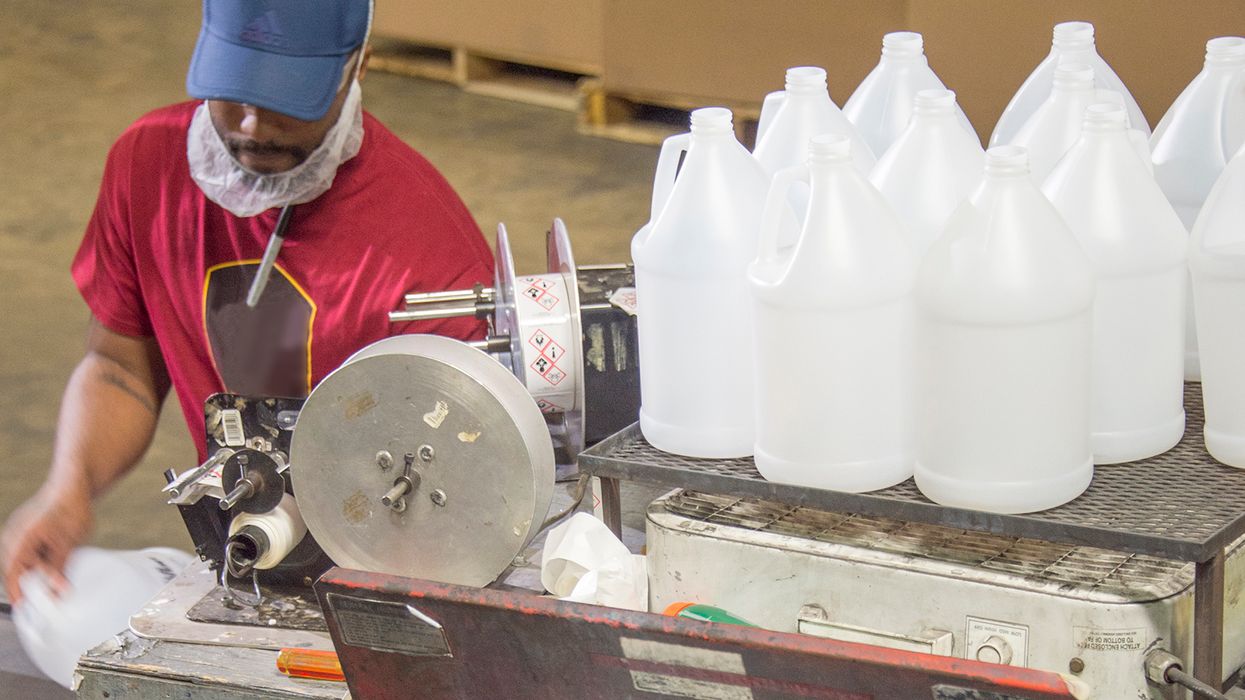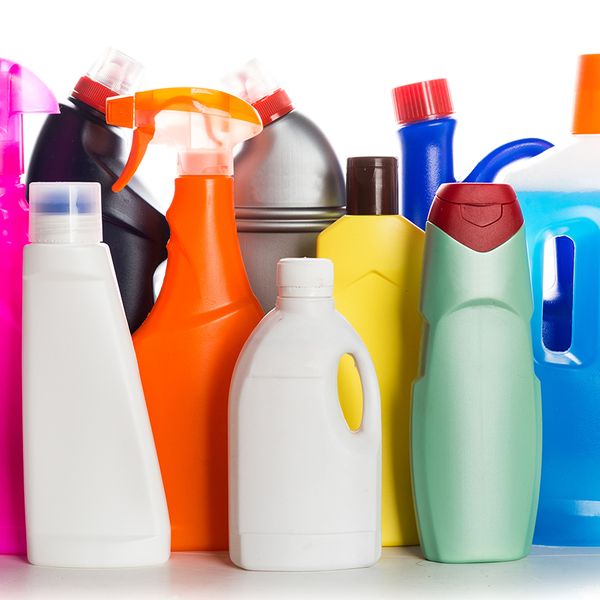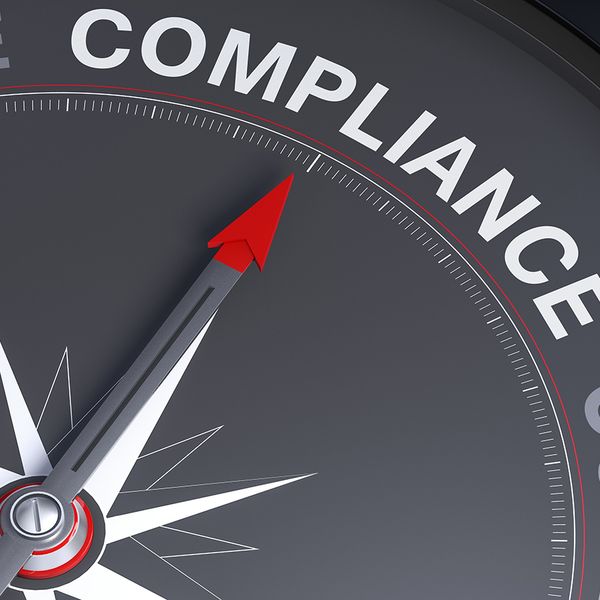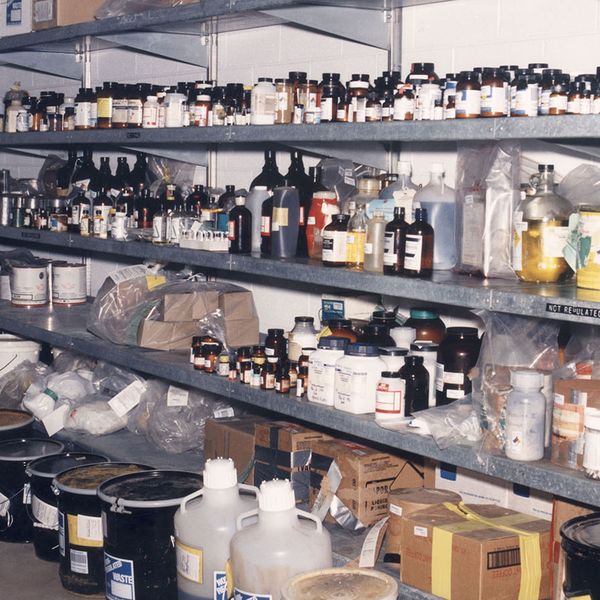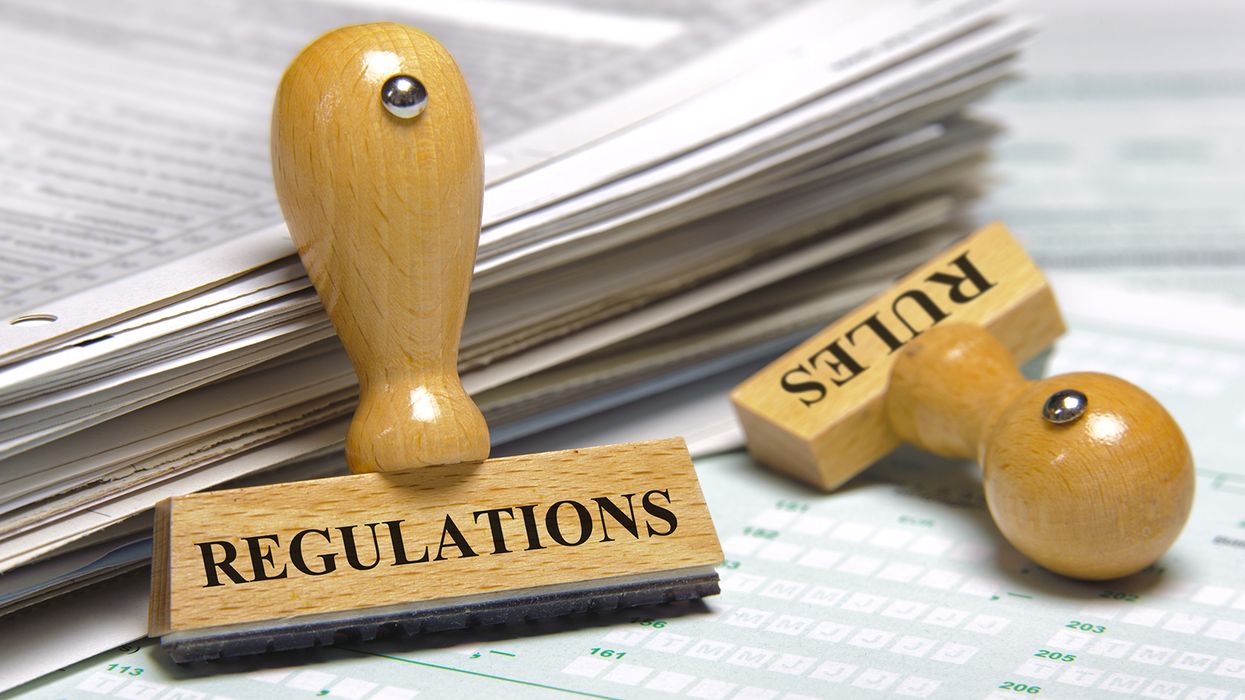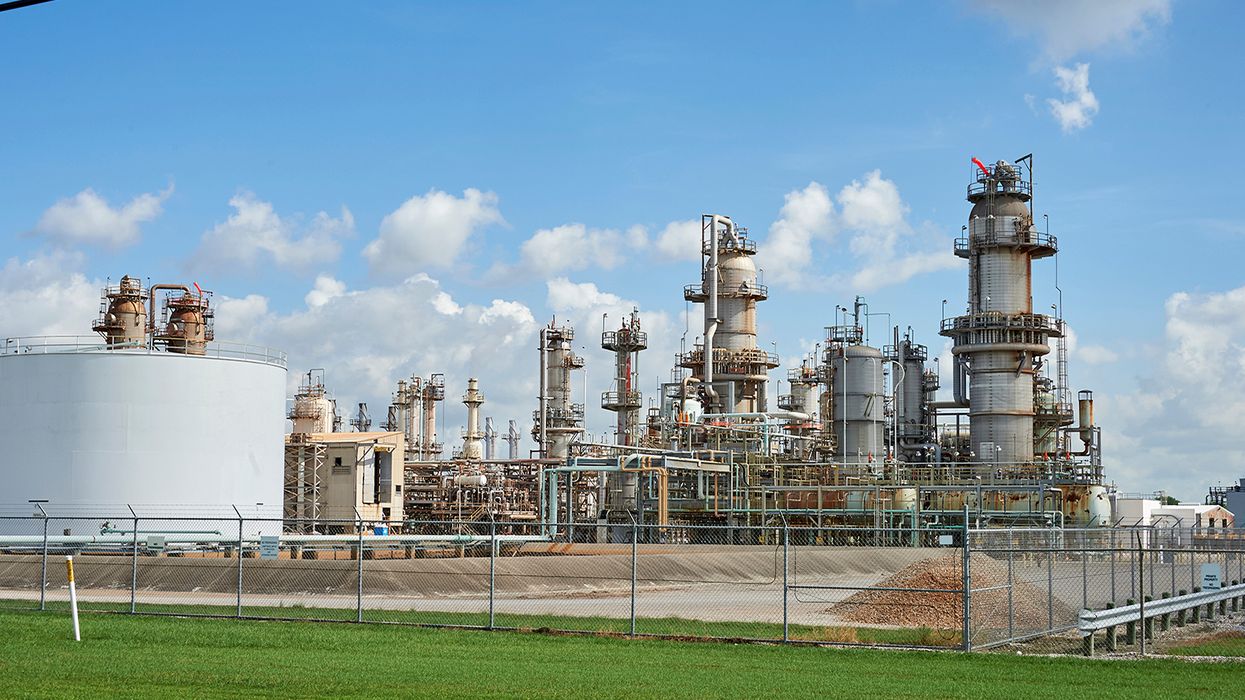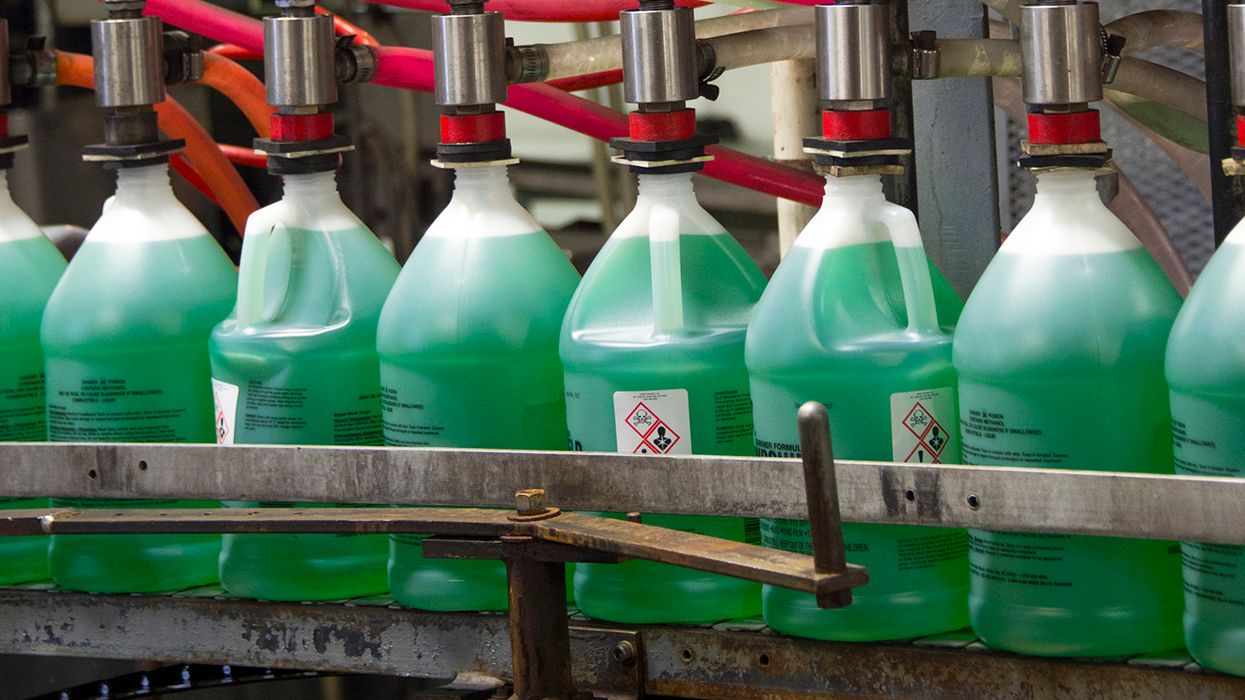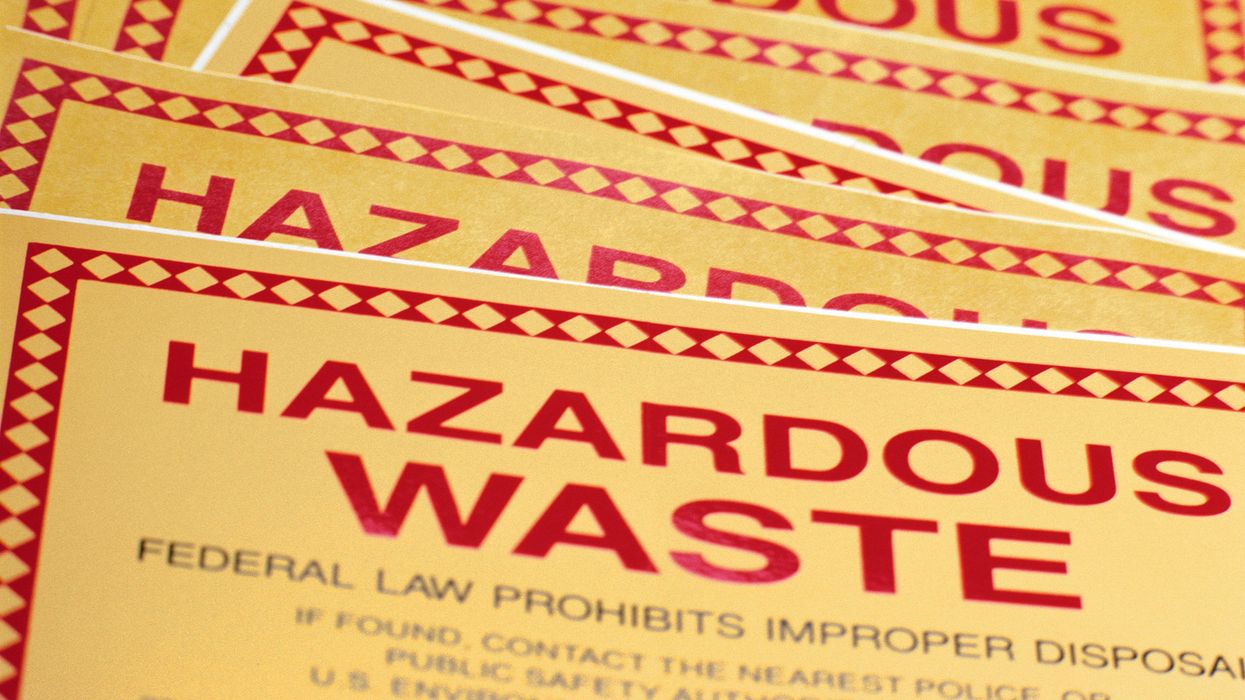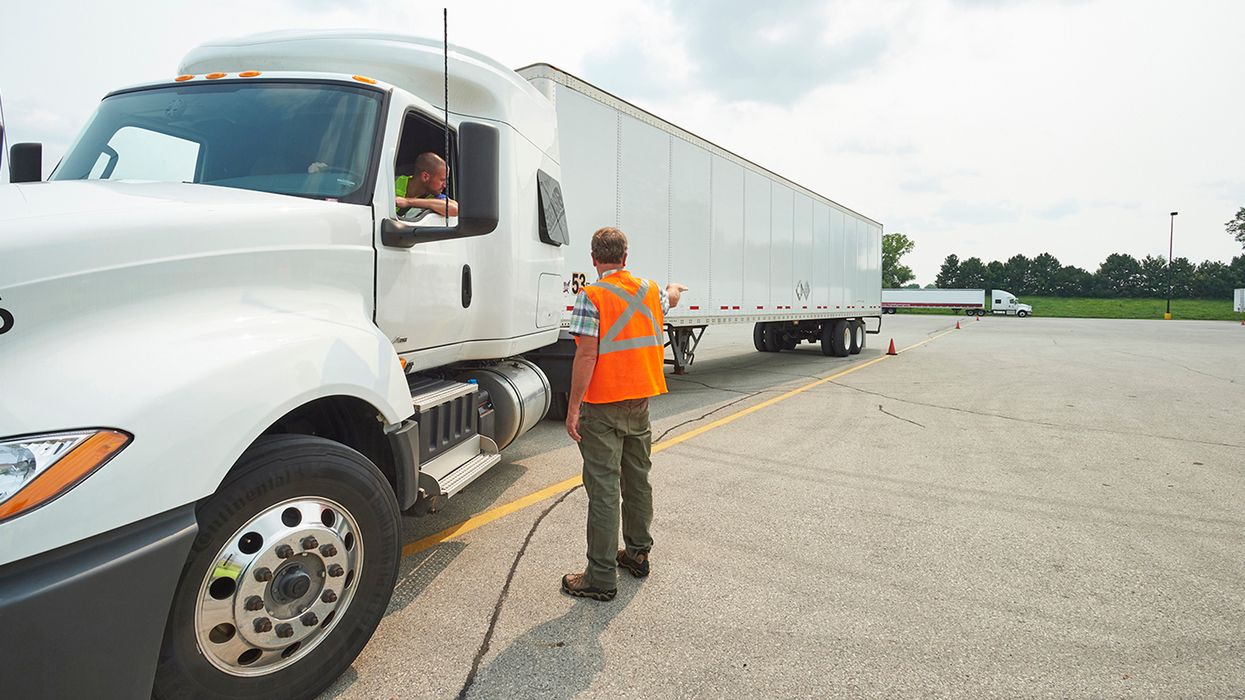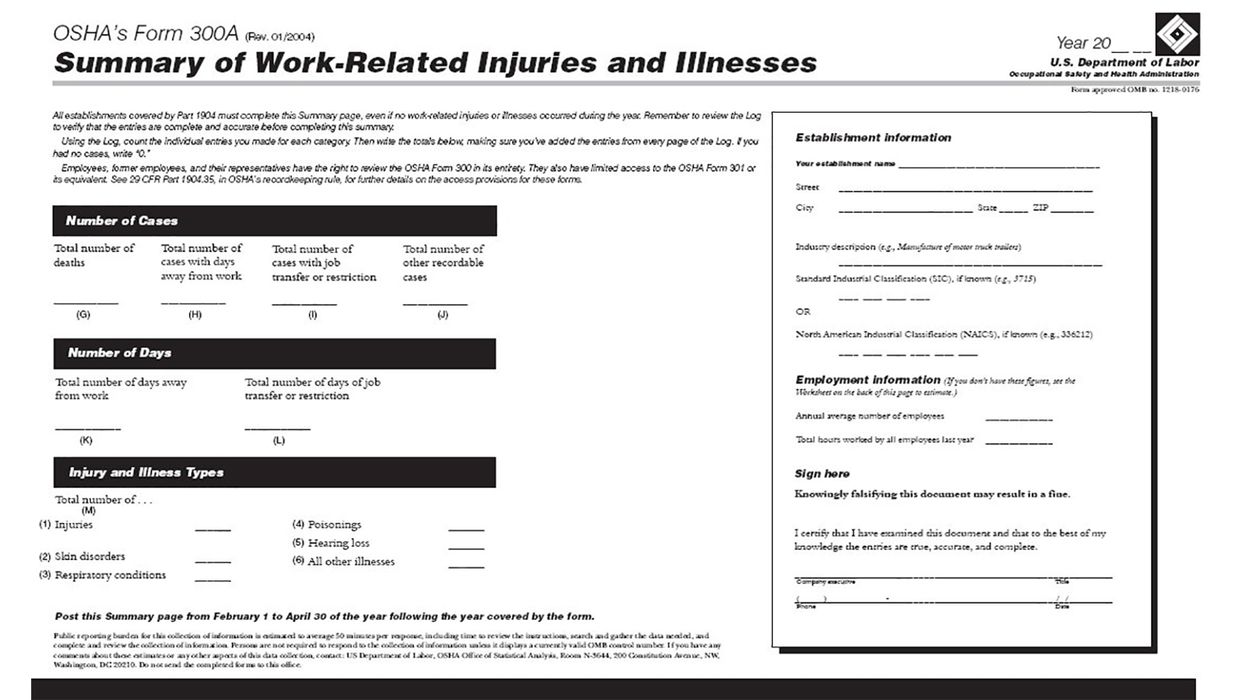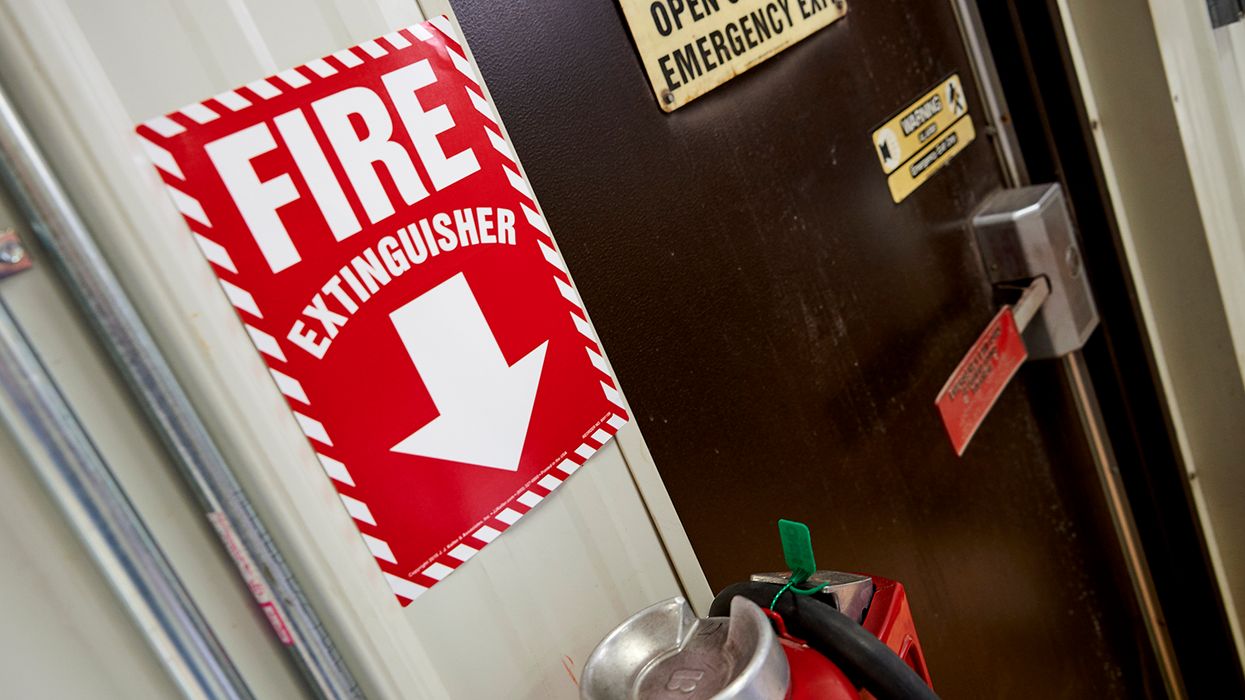Workplace chemical protection program: A look at the basics
Chemical substances appear in nearly every type of workplace, but what happens when a chemical substance is found to unreasonably endanger the health of workers and others who encounter it? The law mandates that environmental regulations be implemented to reduce or eliminate such risks. That’s where a workplace chemical protection program (WCPP) comes in. It’s designed to protect individuals who are or may be exposed to potentially harmful chemical substances.
Take, for example, the Environmental Protection Agency’s (EPA’s) December 2024 final rule on trichloroethylene (TCE), which ultimately bans all uses of the chemical. But, the rule allows certain industrial and commercial uses to continue for a limited time if facilities comply with the rule’s WCPP.
It’s important to note that on June 23, 2025, EPA delayed the effective date for WCPP requirements that apply to the Toxic Substances Control Act’s (TSCA’s) Section 6(g) exemptions (40 CFR 751.325) to August 19, 2025. However, the delay doesn’t apply to nonexempt industrial and commercial uses with longer phaseout timelines (751.305), such as using TCE as a processing solvent in battery manufacturing.
Discover what to expect if your facility becomes subject to a WCPP.
What’s a WCPP?
When specific uses of chemical substances (i.e., conditions of use) in an occupational setting may pose unreasonable risks of injury to employees or the environment, Section 6 of TSCA requires EPA to develop regulations that reduce or mitigate those risks. The agency implements WCPPs to address the risks.
A WCPP requires covered entities to take certain actions in the workplace that shield individuals who engage with the conditions of use from inhalation and/or dermal risk.
Who’s subject to a WCPP?
The requirements of a WCPP may apply to entities that manufacture (including import), process, distribute in commerce, use, or dispose of a TSCA-regulated chemical substance.
The WCPP program extends beyond those who directly handle a regulated chemical substance to anyone in the workplace who’s exposed or who could be exposed to it (e.g., employees, independent contractors, volunteers, etc.).
What are the components of a WCPP?
A WCPP generally consists of multiple elements:
- Exposure limits, such as Existing Chemical Exposure Limits (ECELs), set the amount or concentration of a chemical substance that can be in the air.
- ECEL action levels establish airborne concentration limits that, if exceeded, activate additional requirements (like more frequent monitoring).
- Exposure monitoring measures and compares air concentration levels to the exposure limits.
- Regulated areas establish where airborne concentrations of the chemical substance are above or have a reasonable possibility to go above exposure limits. Facilities limit access to these areas to control exposure.
- An Exposure Control Plan documents the selection and implementation of controls used to reduce exposure. It's developed according to the hierarchy of controls, which mandates that the most protective actions used to reduce hazardous exposures be considered first. The general order is elimination, substitution, engineering controls, administrative controls, and then personal protective equipment (PPE) use.
- Dermal and inhalation control measures may consist of direct dermal contact control measures (like removing the chemical substance at the source before a worker encounters it) and PPE use (such as requiring workers to wear chemical-resistant gloves or use respirators when handling the chemical substance).
- Training applies to workers who are or could be exposed to the chemical substance and typically covers multiple elements of the WCPP (work processes, proper PPE use, and exposure controls, for example).
- Recordkeeping demonstrates compliance with the WCPP. Facilities usually have to maintain records of monitoring results, Exposure Control Plans, regulated areas and those authorized to use them, training, and PPE programs.
- Downstream notifications alert others in the supply chain of WCPP requirements. Manufacturers, processors, and distributors generally provide the required information on a chemical substance’s Safety Data Sheet.
Know the chemical-specific requirements
If your facility is subject to a WCPP, it’s essential to know the regulations that apply to the specific chemical substance. The chemical’s rule will define the conditions of use to which the WCPP applies and may contain different or additional requirements. Also, state or local regulations may have stricter rules that dictate how (and if) your facility can use the chemical substance.
Key to remember: Facilities that use TSCA-regulated chemical substances may have to comply with EPA’s workplace chemical protection program to protect workers and other exposed individuals from unreasonable health risks.

